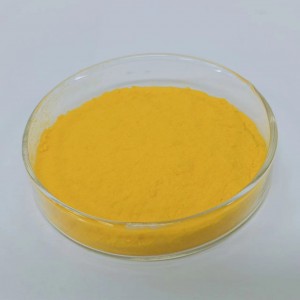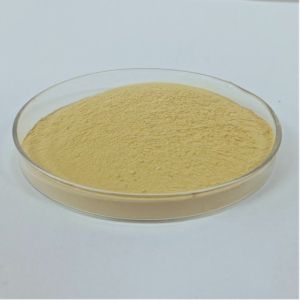2-Aminothiazole (1,3-Thiazol-2-amine)
|
Chemical natures |
White or light yellow crystals. Soluble in hot water, dilute hydrochloric acid and 20% sulfuric acid, slightly soluble in cold water, ethanol and ether. Combustible, high temperatures produce toxic nitrogen oxide and sulfur oxide smoke. |
||
|
Applications |
2-Aminothiazole is mainly used to synthesize Nitrosulfathiazole、ulfathiazole、Carbothiazol、Phthalylsulfathiazole、Oxyquinolinephthalysulfathiazole and Salazosulfathiazole. |
||
|
Physical form |
White crystalline solid |
||
|
Shelf life |
According to our experience, the product can be stored for 12 months from the date of delivery if kept in tightly sealed containers, protected from light and heat and stored at temperatures between 5 - 30°C. |
||
|
Typical properties
|
Boiling Point |
216.4±9.0 °C at 760 mmHg |
|
|
Melting Point |
91-93 °C(lit.) |
||
|
Flash Point |
84.7±18.7 °C |
||
|
Exact Mass |
100.009521 |
||
|
PSA |
67.15000 |
||
|
LogP |
0.38 |
||
|
Vapour Pressure |
0.1±0.4 mmHg at 25°C |
||
|
Index of Refraction |
1.645 |
||
|
pka |
5.36(at 20℃) |
||
|
Water Solubility |
100 g/L (20 ºC) |
||
|
PH |
9.6 (100g/l, H2O, 20℃) |
||
Safety
When handling this product, please comply with the advice and information given in the safety data sheet and observe protective and workplace hygiene measures adequate for handling chemicals.
Note
The data contained in this publication are based on our current knowledge and experience. In view of the many factors that may affect processing and application of our product, these data do not relieve processors from carrying out their own investigations and tests; neither do these data imply any guarantee of certain proper- ties, nor the suitability of the product for a specific purpose. Any descriptions, drawings, photographs, data, proportions, weights, etc. given herein may change without prior information and do not constitute the agreed contractual quality of the product. The agreed contractual quality of the product results exclusively from the statements made in the product specification. It is the responsibility of the recipient of our product to ensure that any proprietary rights and existing laws and legislation are observed.



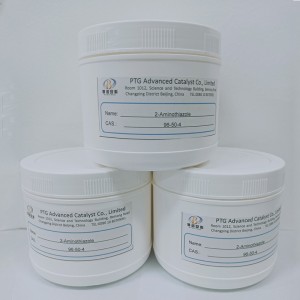
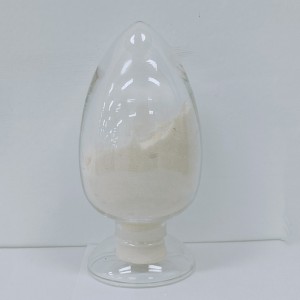
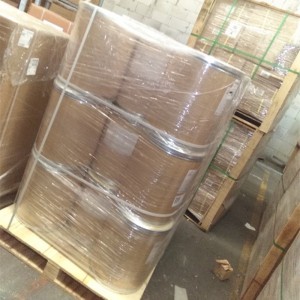
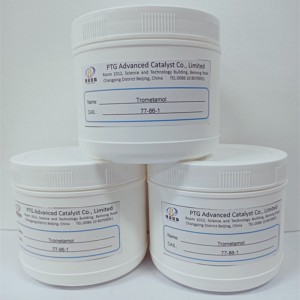
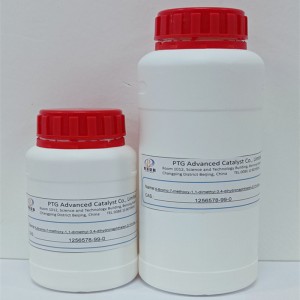

![Triethanolamine(2-[Bis-(2-hydroxy-ethyl)-amino]-ethano)](https://cdn.globalso.com/ptgchemical/三乙醇胺_副本-300x300.jpg)
